RoboVault describes itself as a Maximum Security Robotic Storage facility.
Hurricane-resistant, fully insured, and protected by biometrics, RoboVault is proposed for “an extraordinary location at the crossroads of several major roadway arteries including Port Everglades and the Hollywood/Fort Lauderdale International airport.”
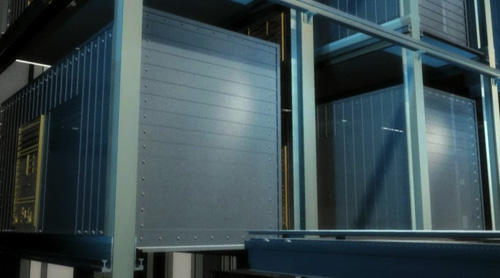 [Image: A glimpse inside RoboVault].
[Image: A glimpse inside RoboVault].
“No one enters the storage part of the facility,” we read; this has the effect of “minimizing the risk of theft or damage.” Indeed, “This revolutionary concept in storage uses robotic parking garage technology, allowing you to operate your rented storage unit automatically, so you can store and retrieve your possessions when you want.”
Which raises the question: How much longer must we wait before robotic parking garage technology crosses over into other architectural typologies? Single-family homes (you move your bedroom to the ground floor every morning), libraries (where’s that book? oh, that’s right… whoosh), football stadiums (your seats greet you at the entry gate).
In fact, for me, this whole complex sounds more like something out of a design studio at SCI-Arc, combining transport infrastructure, personal consumption, import/export laws, national sovereignty, exurban geography, climate control (the building offers “atmospheric consistency,” we’re told), new business models, biometrics, and the mechano-Derridean future of the archive – together with the narrative possibilities of architectural representation.
“What’s your building’s story?” the concerned professor asks.
You could even invent a new – presumably quite boring – party game. Take a proposed building or business model from anywhere in the world and then work backward: Try to imagine the design studio in which that project would first have been proposed. Try to imagine what they read. Try to imagine the keywords.
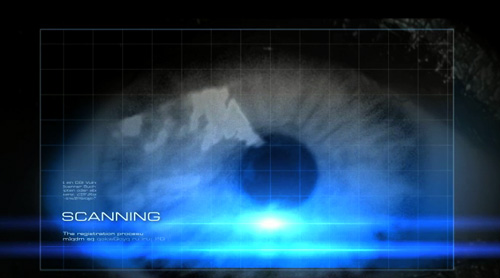 [Image: The biometrics of RoboVault].
[Image: The biometrics of RoboVault].
In any case:
Here’s how it works: If you rent a RoboVault Space, you simply place your prize possession on the elevator, use the retinal eye scan and keypad security features and your property is safely stored away in a matter of seconds. You use the same process to retrieve your possession. Since there are no floors or entries, you don’t have to worry about theft or vandalism. With RoboVault Spaces, you’re buying peace of mind!
It all seems to have been designed solely to be featured in an as-yet-unannounced Jerry Bruckheimer film.
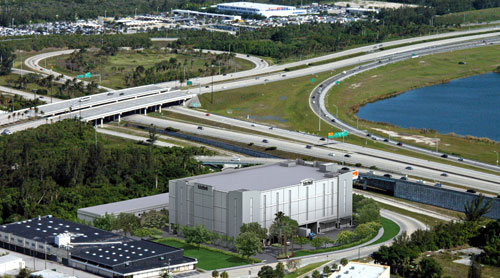 [Image: RoboVault‘s “extraordinary location at the crossroads of several major roadway arteries including Port Everglades and the Hollywood/Fort Lauderdale International airport”].
[Image: RoboVault‘s “extraordinary location at the crossroads of several major roadway arteries including Port Everglades and the Hollywood/Fort Lauderdale International airport”].
If you’ll excuse the long quotation, this reads like the opening scene of Bad Boys III or Mission Impossible IV – or even Blade: Miami Nights:
A vehicle arrives at the overhead door and notifies the office of their impending entry. The overhead door is raised and the vehicle drives into the building after which the overhead door is then closed. The client is the only person/vehicle in this secure area. The client removes the contents to be stored from the vehicle and accesses the interior door by use of a pin code and biometric scan. When this occurs, the office staff is notified and meets the individual to provide access into the safe deposit box room. Once inside the dual locking system can be accessed by the client and RoboVault staff. The client then has the option to enter into one of two small viewing rooms. Exiting of the safe deposit box room will occur much in the same manner. An important feature is that there is one entry and exit out of the safe deposit box room. Each member of RoboVault personnel is bonded and have gone through background checks to ensure complete reliability.
Et cetera.
I love the idea, though, that certain building types – certain works of architecture – can actually catalyze new business models, complete with ripple effects outward into the worlds of insurance, tax law, and even the private behaviors of everyday citizens.
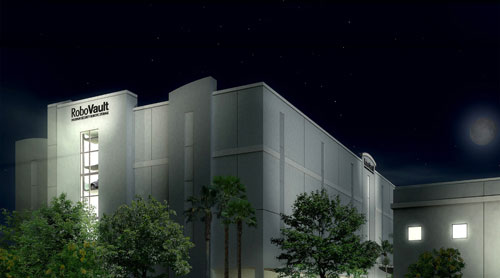 [Image: RoboVault].
[Image: RoboVault].
And then you’ll franchise this building type, and build one in London, and wild new filmic possibilities arise. Bank Job 2. National Treasure 3.
Architecture built only for the purpose of inspiring Hollywood sequels.
(Thanks to Adam S. for the link!)
 [Image: South China Mall, photographed by Philip Gostelow for
[Image: South China Mall, photographed by Philip Gostelow for 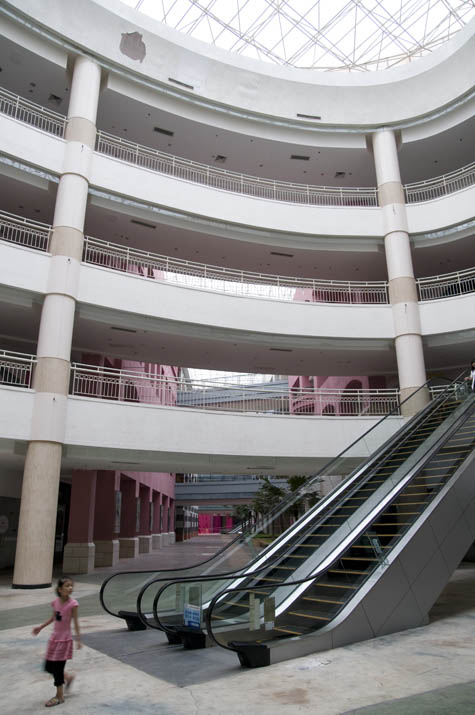 [Image: South China Mall, photographed by Philip Gostelow for
[Image: South China Mall, photographed by Philip Gostelow for 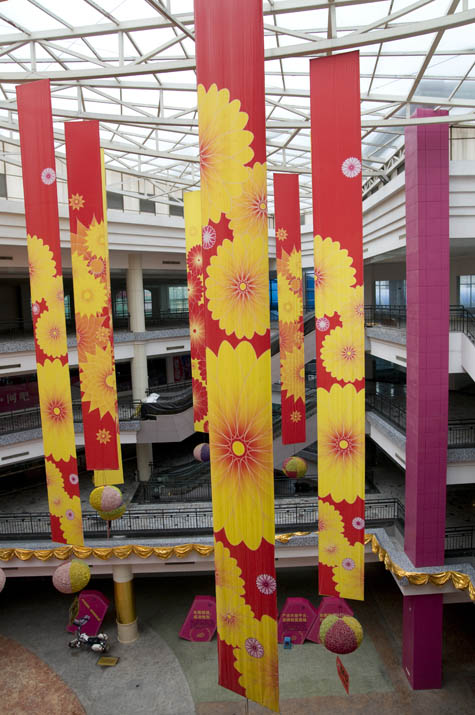 [Image: South China Mall, photographed by Philip Gostelow for
[Image: South China Mall, photographed by Philip Gostelow for 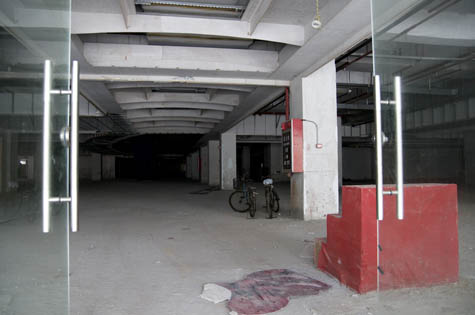 [Image: South China Mall, photographed by Philip Gostelow for
[Image: South China Mall, photographed by Philip Gostelow for 
 [Image: From “
[Image: From “ [Image: From “
[Image: From “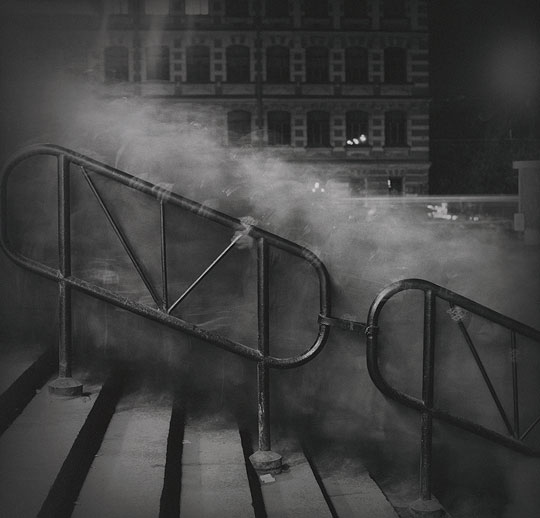 [Image: From “
[Image: From “ [Image: The world’s oldest Christian church? A cave in Jordan, via the
[Image: The world’s oldest Christian church? A cave in Jordan, via the  [Image: The re-discovery of Egypt’s missing pyramid, photographed by Amr Dalsh of Reuters and Nasser Nasser of the Associated Press].
[Image: The re-discovery of Egypt’s missing pyramid, photographed by Amr Dalsh of Reuters and Nasser Nasser of the Associated Press]. [Image:
[Image:  [Image: “
[Image: “ [Image: “
[Image: “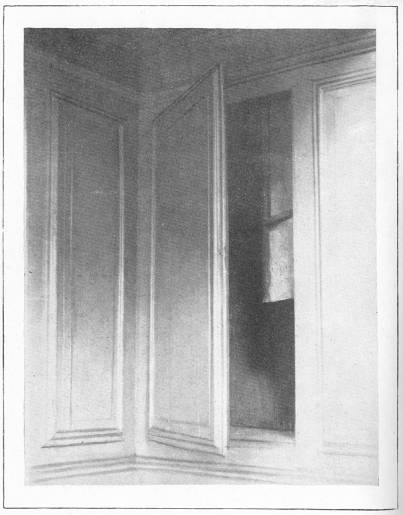 [Image: From the
[Image: From the 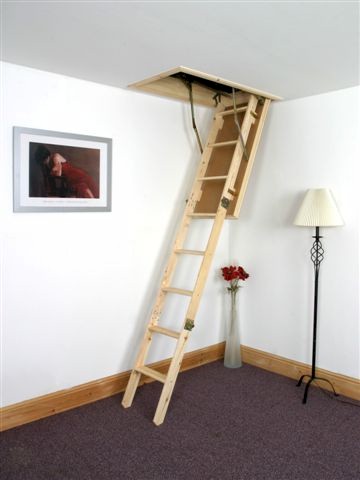 [Image:
[Image: 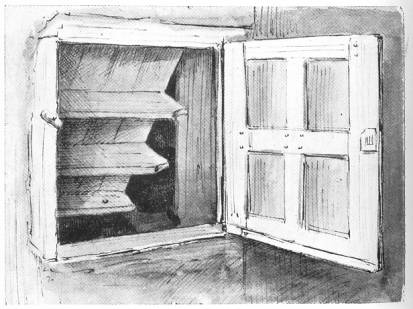 [Image: From the
[Image: From the 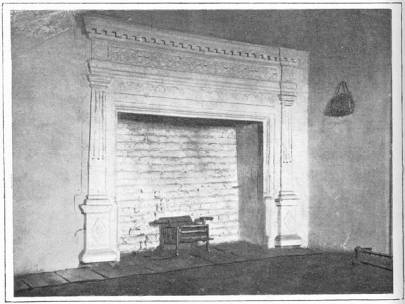 [Image: From the
[Image: From the  [Image: The London Architecture Diary; view
[Image: The London Architecture Diary; view 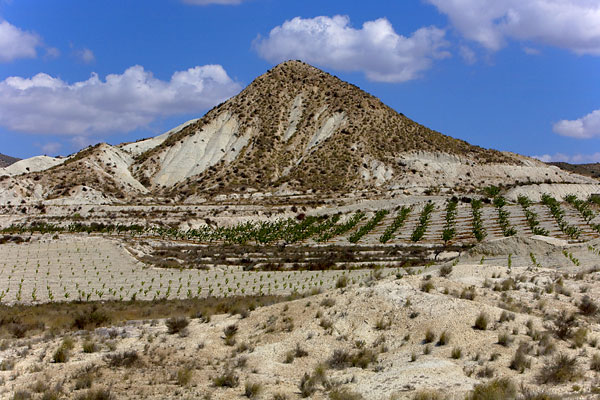 [Image: Monica Gumm for The International Herald Tribune].
[Image: Monica Gumm for The International Herald Tribune].